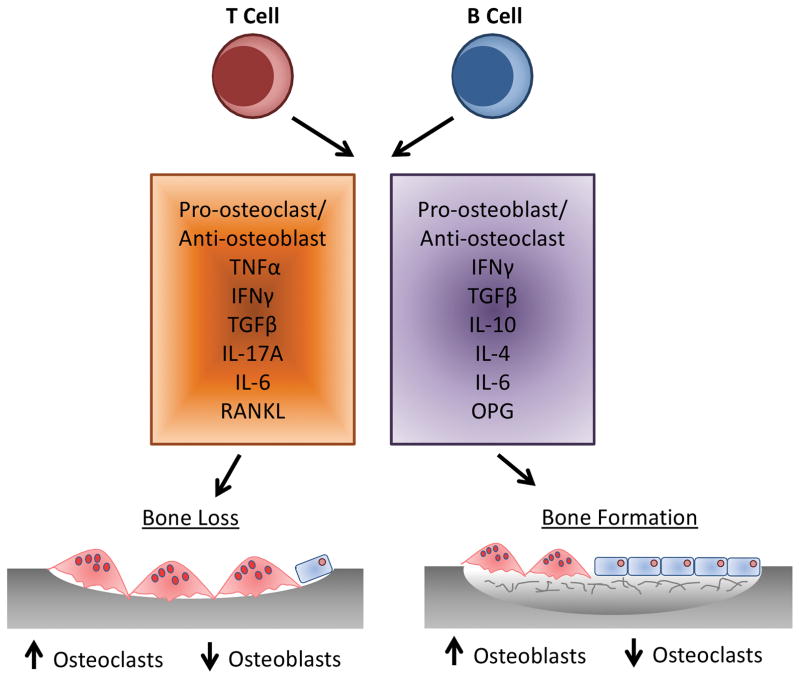Fig 4. Cross-talk Between Osteoclasts, Osteoblasts and the Immune System.
Activated T lymphocytes, specifically T helper (Th) 17 cells have been identified as osteoclastogenic through the expression of RANKL and the cytokine interleukin (IL)-17, which induces RANKL expression on osteoblasts (121). Furthermore, expression of IL-17 enhances local inflammation, driving expression of other pro-inflammatory cytokines promoting additional RANKL expression (12). In addition to IL-17, T cell TNFα production has been demonstrated to affect the balance of bone remodeling. Increased T cell TNFα enhances osteoclastogenesis while inhibiting osteoblast differentiation and collagen synthesis (24,122,123). In addition to pro-osteoclastogenic cytokines, T-lymphocytes also secrete IL-10, IL-4 and interferon (IFN)-γ that are potentially anti-osteoclastogenic (12,124). A role for B-lymphocytes in bone homeostasis has been suggested as B cell-deficient mice exhibit an osteoporotic phenotype (114). B-lymphocytes are responsible for 64% of total bone marrow OPG production, with 45% of this derived from mature B cells (114).

